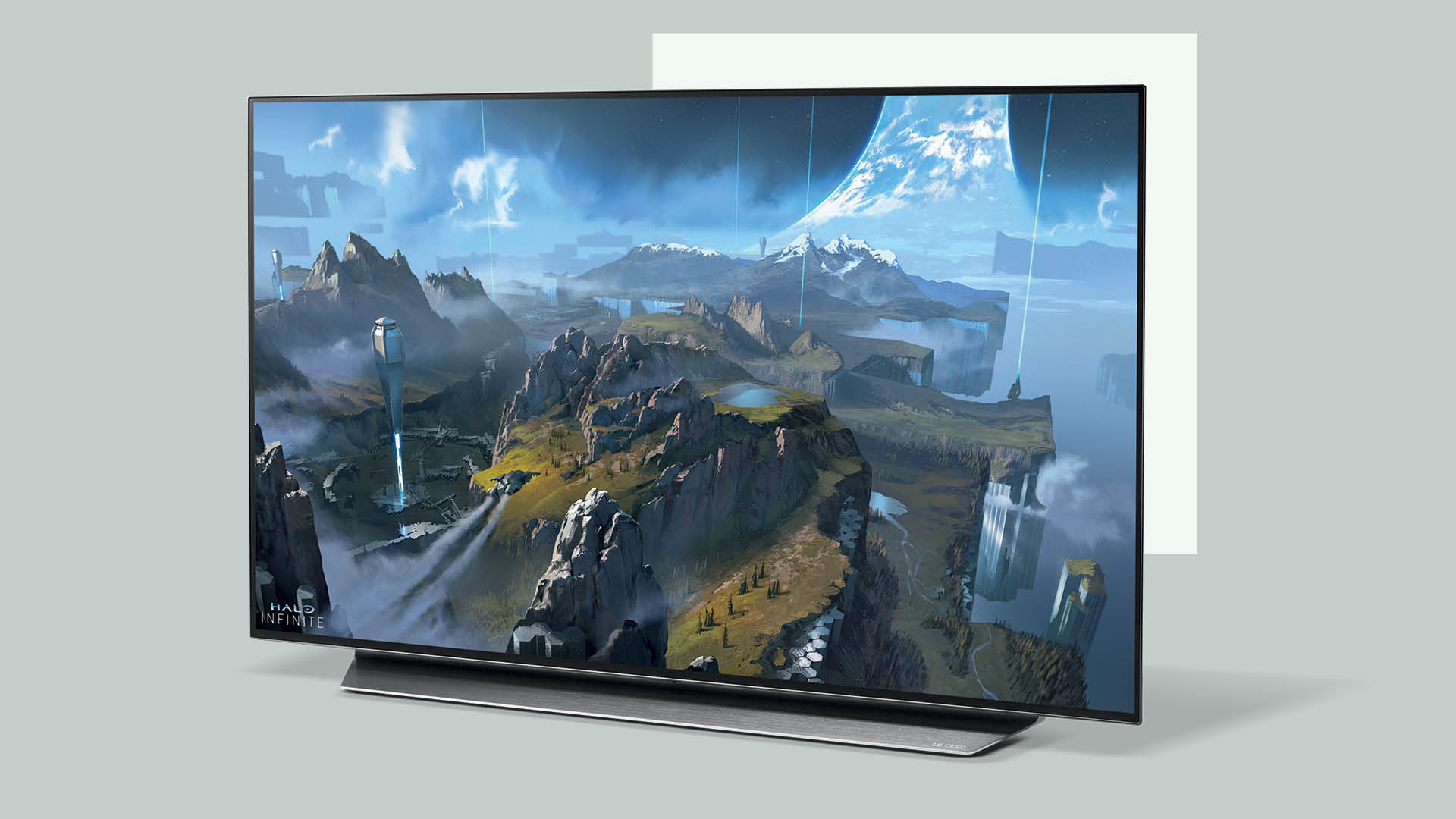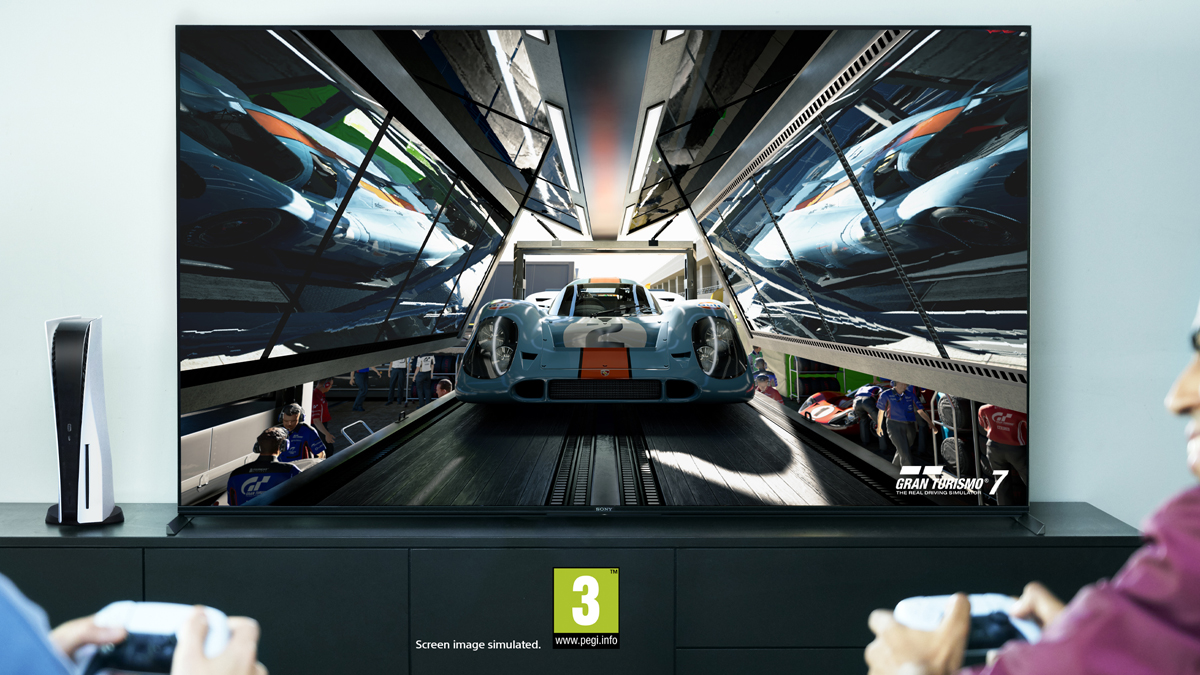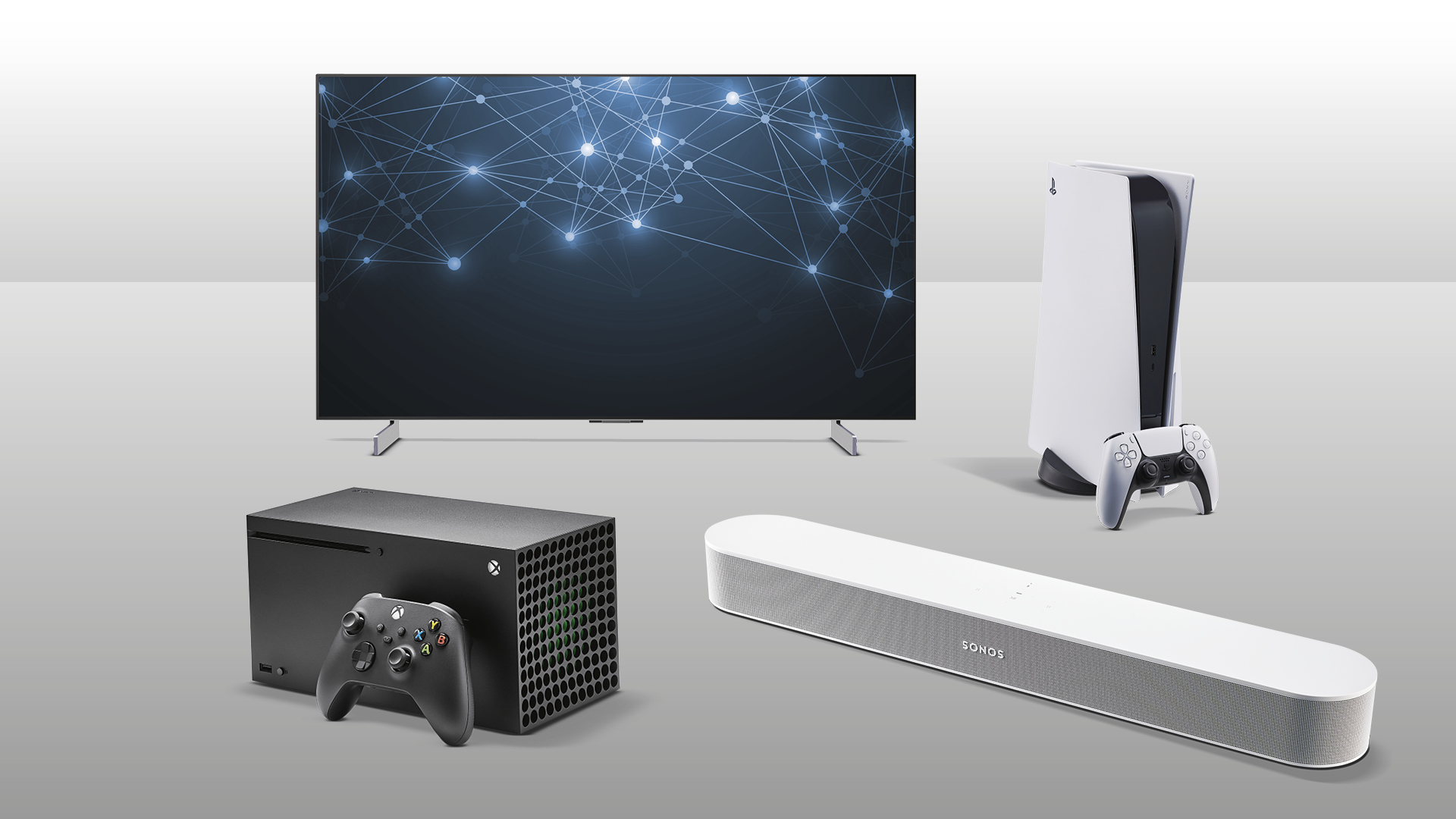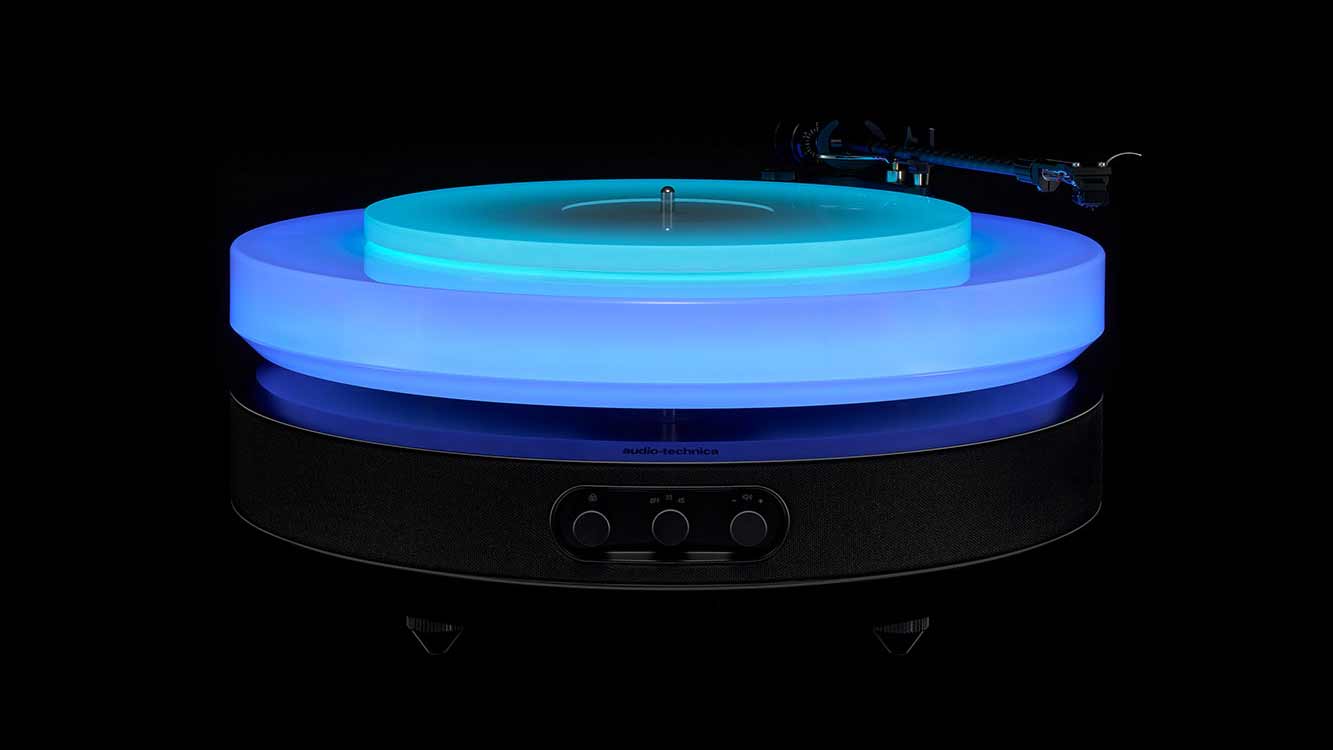What is input lag? And why it is important for gaming?
We explain what lag is and how much is acceptable

If you’re looking to buy a new TV or projector, you may well at some point come across the term 'input lag'. It’s sometimes measured in TV reviews, and anyone serious about gaming wants lag to be as low as possible. But what is input lag, why is it important, and how much latency is acceptable?
Read on to learn everything you need to know about input lag.
What is input lag?
In general terms, input lag refers to the time that passes between sending an electrical signal and the corresponding action happening.
However, input lag is primarily used in reference to video games and specifically the latency between the controller, the console, the display and any other part of the signal chain. Each element adds its own delay, some more than others, making the overall lag cumulative.
The majority of latency is unavoidable – you can't do much about your personal reaction speeds! – and for many it’s irrelevant because they aren’t serious about gaming. But any hardcore gamers looking for an advantage will go to extreme lengths to shave off a few milliseconds here and there. A wired rather than a wireless controller will reduce the delay by a bit, a faster internet connection lowers latency, and a PC with increased processing power may make you more competitive too.
The input lag that gets the most scrutiny is latency caused by the display, whether that’s a gaming TV or monitor or a projector. This type of delay is a product of the time between a signal being sent to the display and that display showing it. This shouldn’t be confused with a display’s response time, which is how long it takes for pixels to change from one image to another. This does, however, add to the overall delay, so displays with faster response times will have lower lag.
Which TV displays are best for low input lag?

Ironically, the best displays for input lag were CRT (cathode ray tube) TVs because that type of technology didn't have the ability to store image data before displaying it. Consequently, a CRT TV has an input lag of almost zero. But these days it’s unlikely you’ll be using an old-school tube!
Modern displays such as TVs (plasma, LCD or OLED) and projectors (LCD, DLP or LCoS) use a system called ‘sample and hold’ to show an image. This requires a degree of processing power and memory storage to keep each frame on the screen for the entire refresh period of the display. The faster the refresh rate, the shorter the sample and hold period, and the lower the input lag.
The potential input lag of an LCD or OLED TV nowadays is about the same, so the amount of delay is more likely to depend on the manufacturer. The higher the refresh rate and the faster the frame rate, the lower the latency, although factors such as image processing are also important.
The best projectors for input lag are often DLP beamers because they have very fast response times, while LCD and LCoS projectors tend to have higher latency. As with TVs, there are ways to mitigate the input lag by reducing image processing, while the projector's refresh rate can also be a factor.
How can you reduce input lag?
The majority of displays these days will have a dedicated 'game mode' (sometimes called a 'low latency mode') designed to bypass as much processing as possible in an effort to minimise any delay. Any kind of processing such as upscaling or motion smoothing will add to the input lag.
By selecting the game mode you can get the input lag to below 30ms on most displays, and even below 10ms on several TVs and gaming monitors. Auto Low Latency Mode (ALLM), which is supported by the vast majority of modern TVs and gaming monitors, automatically detects a games console and goes into the game mode without you needing to do anything – which is very useful.
If you’re gaming in 4K on a TV or projector that sports a native 4K resolution, that eliminates the need for any scaling and thus reduces the latency. And you should definitely avoid any motion smoothing features that use frame interpolation because this can add a significant amount of delay.
Does frame rate affect input lag?

The frame rate is an important factor, because by matching the output of the console or PC to your display’s native refresh rate you minimise any delay caused by having to match frame rates.
If your monitor, TV or projector uses a 50/60Hz panel, play games at 50/60Hz. But if the panel has a native refresh rate of 100/120Hz and the HDMI inputs support high frame rate (HFR), you should game at 100/120Hz. This will give you the lowest input lag, with some displays measuring a latency of less than 4ms at these higher frame rates. This is imperceptible.
It is worth noting that choosing to game at 100/120Hz usually involves some compromises to your game's graphical fidelity – on PS5 you can often choose between a high refresh rate ‘Performance’ mode and a lower refresh rate ‘Fidelity’ mode – but gamers looking for the smoothest and most responsive (and therefore most competitive) experience will usually be happy to sacrifice a little bit of beauty to get it.
How much lag is acceptable?
While you obviously want the input lag caused by your display to be as low as possible, a latency below 40ms should be acceptable to most people. Anything higher than that and even the most casual gamer may start to notice.
However, more serious gamers who play reaction-based games will prefer a lag below 20ms, as anything above that would constitute a one-frame delay – and that may be the difference between virtual life and death.
Finally, twitch-trigger gamers with the reactions of a cat may feel that even 20ms is too high, but once the delay goes below 10ms we’ve really reached the limit of realistic human response times.
MORE:
Best gaming TVs: ideal companions for the PS5, Xbox and PC put to the test
Gaming headsets vs headphones: which should you buy?
Get the What Hi-Fi? Newsletter
The latest hi-fi, home cinema and tech news, reviews, buying advice and deals, direct to your inbox.
-
Mrmason62 Input lag below 20ms can't be perceived by humans. It's outside out limit of perception.Reply
Of course TV makers will say their panels have very low lag but in the real world it's meaningless.
There's absolutely no perceptible difference between 20ms and 10ms
